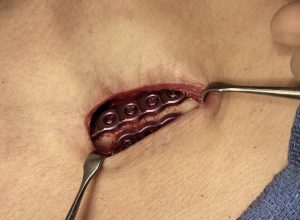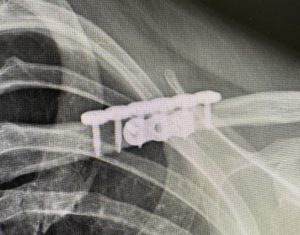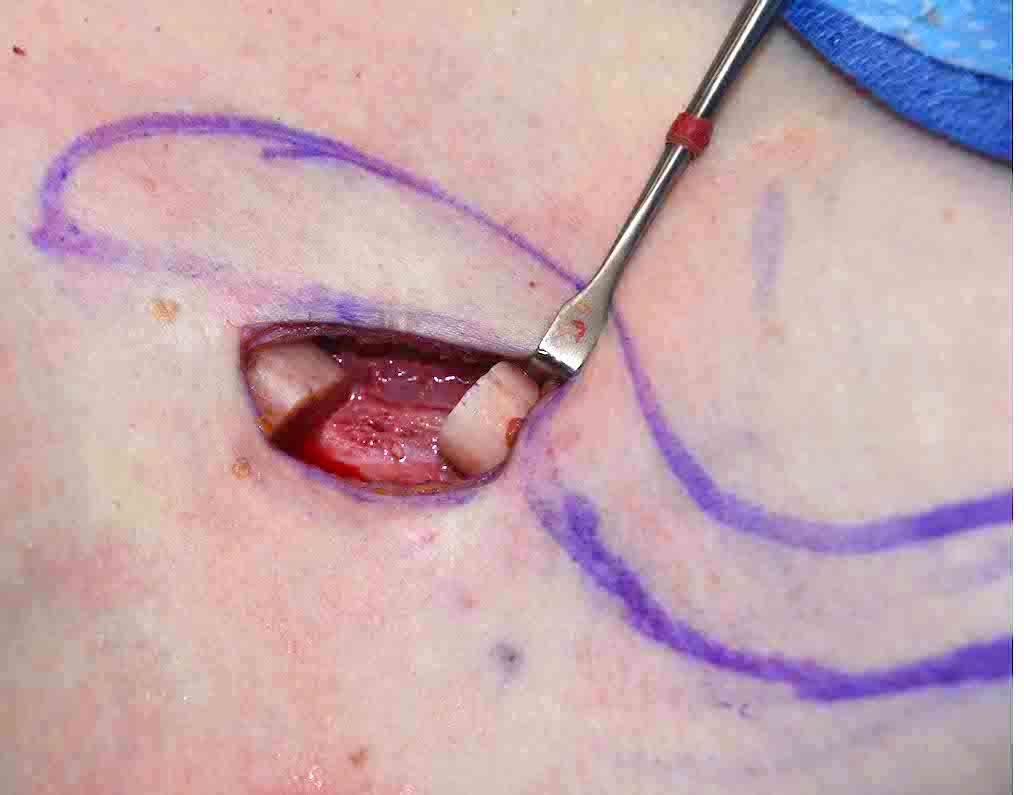There are many anatomic features that distinguish between the male and female gender which are evident done at the non-visible bony level. One of these bone differences can be seen in the shoulder at the clavicle bone. This horizontally long bone keeps the shoulder at a distance from the sternum and is one of the main factors of sex determination and is used in forensic identification. The clavicle, however, is not a straight bone but has a classic s-shaped curve of which there is a forward convexity in its anterior two-thirds and a forward concavity at its lateral one-third.
The male clavicle is longer and thicker than seen in females. It is not only thicker but more curved. (S-shaped) Its mid-clavicular circumference averages around 35mms with total linear lengths of greater than 14cms. In contrast the female clavicle is shorter and thinner. The mid-clavicular circumference is under 30mms with total lengths averaging around 14cms. It is smoother with less visible edges and is less curved. One interesting difference is that the acromial end of the bone sits higher in males than females, indicating a longer natural bone length and a higher biomechanical load on the shoulder joint.


The larger clavicle bone seen in most shoulder reduction patients provides a very satisfactory area to perform an osteotomy and plate fixation at its thickest inner third. There is almost always a very flat surface on which to place a superior plate. Screw lengths need to be long so their distal threads engage the opposite cortex for bicortical engagement. The biomechanical load on the plate fixation is fairly high given the genotypic type of bone that has been shortened and fixed back together. The greater displacing forces is on the inner half of the plate fixation which is the more immobile part of the clavicle bone. The more mobile ‘shoulder’ part of the bone is what is subject to movement with arm motion, thus the greatest displacing force is on the three screws in the medal side of the osteotomy line.
Dr. Barry Eppley
World-Renowned Plastic Surgeon




